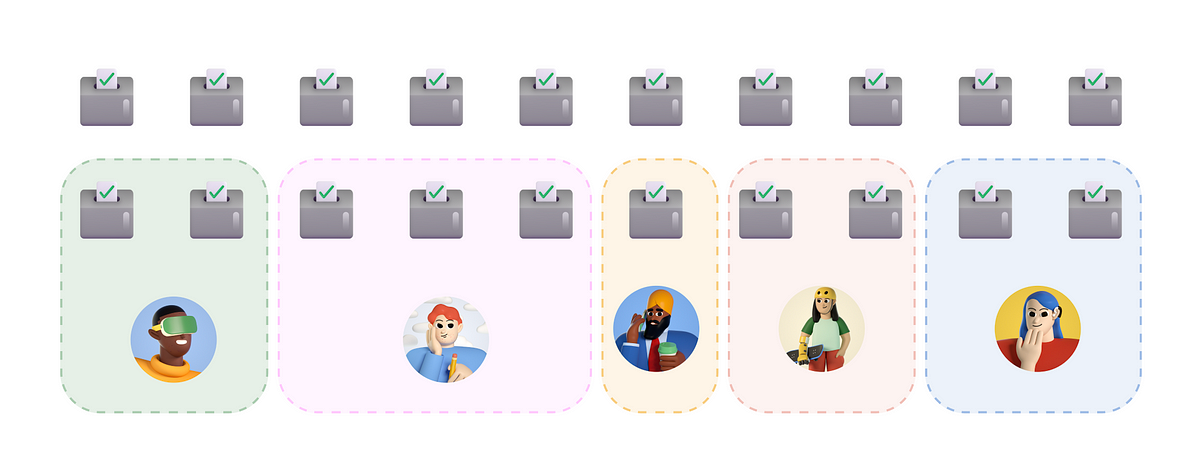UX Office Hours: A Solution for Scaling Design Influence and Consistency Across Large Product Portfolios
This article advocates for implementing UX Office Hours as a solution to common challenges faced by UX designers in large organizations. It highlights the difficulties of maintaining design consistency and extending design influence across numerous products and siloed teams, particularly when designers are outnumbered.
The article uses a personal anecdote to illustrate this challenge, describing a scenario where a design team inherited a large portfolio of developer tools with minimal prior design involvement. The proposed solution, UX Office Hours, is presented as a structured yet informal weekly meeting. While the article doesn't delve into specific activities within these office hours, it emphasizes their role in fostering cohesion and consistency across products.
The article suggests that UX Office Hours are particularly beneficial in situations where design resources are limited, and product teams have had little exposure to design thinking.
Tilpas resumé
Genskriv med AI
Generer citater
Oversæt kilde
Til et andet sprog
Generer mindmap
fra kildeindhold
Besøg kilde
uxdesign.cc
Setting up UX office hours in your organization
Vigtigste indsigter udtrukket fra
by Raquel Pique... kl. uxdesign.cc 10-06-2024
https://uxdesign.cc/setting-up-ux-office-hours-in-your-organization-4b1d99c538b6
Dybere Forespørgsler
